Muhammad H. Rashid0125816502, 9780125816502
Power electronics is most frequently thought of because of its importance in supplying and converting an uninterruptable power supply to computers. The growth in computational power, communications applications, data storage, and memory systems has put the common layperson directly in contact with power engineering devices and challenges such as surge protectors and power failures. However, the field of power electronics is involved in all electronic devices and sytems. Examples include residential (refrigeration, heating, cooking, audio/video), commercial (lighting, office equipment, elevators), industrial (pumps, compressors, fans, robots, lasers, welding), transportation (automotive electronics, electric trains, battery chargers), and telecommunications (battery chargers, power supplies).
All engineers involved with system and device design must deal with the fundamentals and advances of power electronics. This Handbook is the result of an intensive search to develop a new major reference for this large professional market. All aspects of AC and DC power conversion are addressed and there is an emphasis on the design process throughout as well as safety and reliability. This is the most comprehensive treatment of all aspects of power electronics ever presented in one volume at such a reasonable price.
* Provides a comprehensive treatment of all aspects of power electronics including both traditional topics and new advancements
* Gives special attention to the actual design process as well as inherent safety and reliability issues
* Includes an in-depth study of the operation, analysis, and design of various power converters
* Covers the characteristics of modern power semiconductor devices, which are used as switches to perform the power conversions from ac-dc, dc-dc, dc-ac, and ac-ac
Table of contents :
Contents……Page 5
Power Electronics Backgrounds……Page 11
Acknowledgments……Page 12
List of Contributors……Page 13
1.1 Power Electronics Defined……Page 17
1.2 Key Characteristics……Page 18
1.3 Trends in Power Supplies……Page 19
1.4 Conversion Examples……Page 20
35.7 Example 2.2kW Motor Drive Design……Page 0
1.6 Summary……Page 28
2.2 Some Properties of PN Junction……Page 30
2.3 Common Diode Types……Page 32
2.7 Typical Applications of Diodes……Page 38
3.1 Introduction……Page 41
3.2 Basic Structure and Operation……Page 42
3.3 Static Characteristics……Page 44
3.4 Dynamic Switching Characteristics……Page 47
3.5 Thyristor Parameters……Page 51
3.6 Types of Thyristors……Page 52
3.7 Gate Drive Requirements……Page 59
3.8 PSpice Model……Page 61
3.9 Applications……Page 64
4.2 Basic Structure and Operation……Page 69
4.4 Static Characteristics……Page 71
4.5 Switching Phases……Page 73
4.6 SPICE GTO Model……Page 74
4.7 Applications……Page 75
5.1 Introduction……Page 76
5.2 Basic Structure and Operation……Page 77
5.3 Static Characteristics……Page 78
5.4 Dynamic Switching Characteristics……Page 81
5.5 Transistor Base Drive Applications……Page 82
5.7 BJT Applications……Page 85
6.1 Introduction……Page 88
6.3 General Switching Characteristics……Page 91
6.4 The Power MOSFET……Page 93
6.5 MOSFET Structure……Page 94
6.6 MOSFET Regions of Operation……Page 96
6.7 MOSFET PSPICE Model……Page 106
6.8 Comparison of Power Devices……Page 109
6.9 Future Trends in Power Devices……Page 111
7.1 Introduction……Page 113
7.2 Basic Structure and Operation……Page 114
7.3 Static Characteristics……Page 116
7.4 Dynamic Switching Characteristics……Page 117
7.5 IGBT Performance Parameters……Page 119
7.6 Gate-Drive Requirements……Page 121
7.7 Circuit Models……Page 123
7.8 Applications……Page 125
8.1 Introduction……Page 129
8.5 Protection of MCTs……Page 132
8.8 N-channel MCT……Page 133
8.11 Applications of PMCT……Page 134
8.13 Appendix……Page 136
9.2 Theory of Static Induction Devices……Page 138
9.3 Characteristics of Static Induction……Page 139
9.5 Emitters for Static Induction Devices……Page 141
9.9 BJT Saturation Protected by SIT……Page 143
10.1 Introduction……Page 149
11.1 Line Commutated Single-Phase……Page 179
12.1 Introduction……Page 193
13.1 Introduction……Page 221
13.2 DC Choppers……Page 222
13.3 Step-Down (Buck) Converter……Page 223
13.5 Buck-Boost Converter……Page 226
13.7 Effects of Parasitics……Page 228
13.9 Control Principles……Page 231
13.10 Applications of DC-DC Converters……Page 233
14.1 Introduction……Page 235
14.4 Current Source Inverters……Page 251
14.5 Closed-Loop Operation of Inverters……Page 260
14.6 Regeneration in Inverters……Page 266
14.7 Multistage Inverters……Page 270
15.1 Introduction……Page 280
15.3 Resonant Switch……Page 281
15.4 Quasi-Resonant Converters……Page 282
15.5 ZVS in High-Frequency Applications……Page 284
15.6 Multiresonant Converters (MRC)……Page 289
15.9 Load Resonant Converters……Page 293
15.11 Extended-Period Quasi-Resonant (EP-QR) Converters……Page 298
16.1 Introduction……Page 315
16.4 Cycloconverters……Page 324
16.5 Matrix Converter……Page 335
17.1 Introduction……Page 343
17.2 Positive Output Luo-Converters……Page 345
17.3 Negative Output Luo-Converters……Page 361
17.4 Double Output Luo-Converters……Page 367
17.10 Synchronous Rectifier DC=DC……Page 405
17.11 Gate Control, Luo-Resonator……Page 409
17.12 Applications……Page 410
18.2 Thyristor Gate Requirements……Page 415
18.3 Trigger Circuits for Thyristors……Page 417
18.6 Some Practical Driver Circuits……Page 435
19.1 Introduction……Page 438
19.5 Conclusions……Page 491
20.1 Introduction……Page 494
20.2 Linear Series Voltage Regulator……Page 495
20.3 Linear Shunt Voltage Regulator……Page 498
20.5 Switching Regulators……Page 501
21.1 Introduction……Page 514
21.3 Discharge Lamp Modeling……Page 523
21.6 Applications……Page 536
22.2 High-Voltage dc Power Supply with……Page 540
22.3 Resonance Charging……Page 541
22.4 Switching Converters……Page 542
23.1 Introduction……Page 545
24.1 Introduction……Page 580
24.4 Controls and Protection……Page 588
24.5 MTDC Operation……Page 594
24.6 Applications……Page 596
24.7 Modern Trends……Page 597
24.9 Conclusion……Page 601
25.1 Introduction……Page 603
25.4 Static VAR Compensator for the Improvement of Stability of a Turbo Alternator……Page 616
25.5 Multilevel Inverters……Page 619
25.6 The Harmonics Elimination Method for a Three-Level Inverter……Page 623
25.7 Three-Level ASVC Structure Connected to the Network……Page 626
26.1 Overview……Page 631
26.4 Load Profiles and Characteristics……Page 643
26.5 Variable-Speed Drive Topologies……Page 646
26.6 PWM VSI Drive……Page 652
26.7 Applications……Page 659
26.8 Summary……Page 662
27 Motor Drives……Page 664
27.1 Introduction……Page 665
27.2 DC Motor Drives……Page 666
27.3 Induction Motor Drives……Page 671
27.4 Synchronous Motor Drives……Page 682
27.7 Servo Drives……Page 705
27.8 Stepper Motor Drives……Page 711
27.9 Switched-Reluctance Motor Drives……Page 718
28.1 General……Page 735
28.3 Motion Control DSPS by Texas Instruments……Page 766
29.3 AI Applications in Electrical Machines and Drives……Page 772
29.5 Application of Neural-Network-Based Speed Estimators……Page 773
30.2 The Fuzzy Logic Concept……Page 777
30.3 Applications of Fuzzy Logic to Electric Drives……Page 782
30.4 Hardware System Description……Page 786
30.5 Conclusion……Page 787
31.1 Introduction……Page 789
31.2 The Present Automotive Electrical Power System……Page 790
31.4 Functions Enabled by Power Electronics……Page 795
31.5 Multiplexed Load Control……Page 799
31.8 Electric and Hybrid Electric Vehicles……Page 810
31.9 Summary……Page 811
32.1 Introduction……Page 815
32.2 Power Quality……Page 816
32.4 IEEE Standards……Page 825
32.5 Conclusions……Page 826
33.2 Types of Active Power Filters……Page 827
33.3 Shunt Active Power Filters……Page 828
33.4 Series Active Power Filters……Page 839
34.1 Introduction……Page 850
34.8 Conclusions……Page 867
35.1 Introduction……Page 868
35.3 Functional Integration……Page 869
35.4 Assessing Partitioning Technologies……Page 871
35.6 Partitioning Approach……Page 876

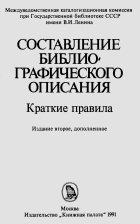
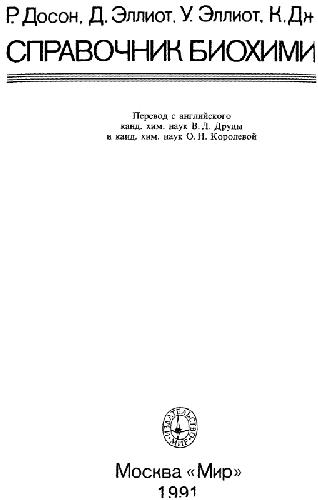
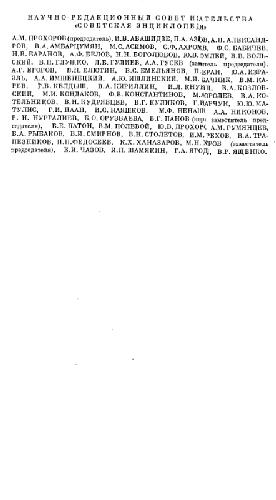
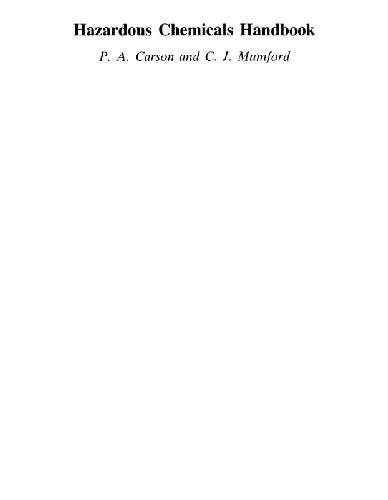
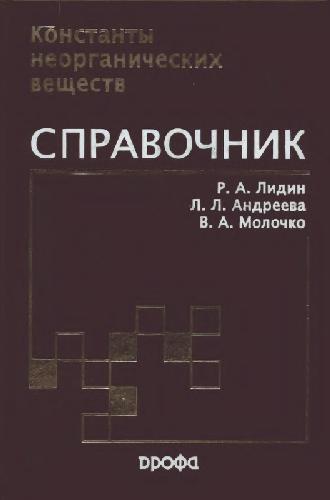
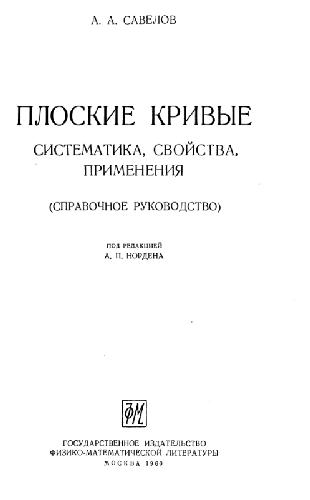
Reviews
There are no reviews yet.